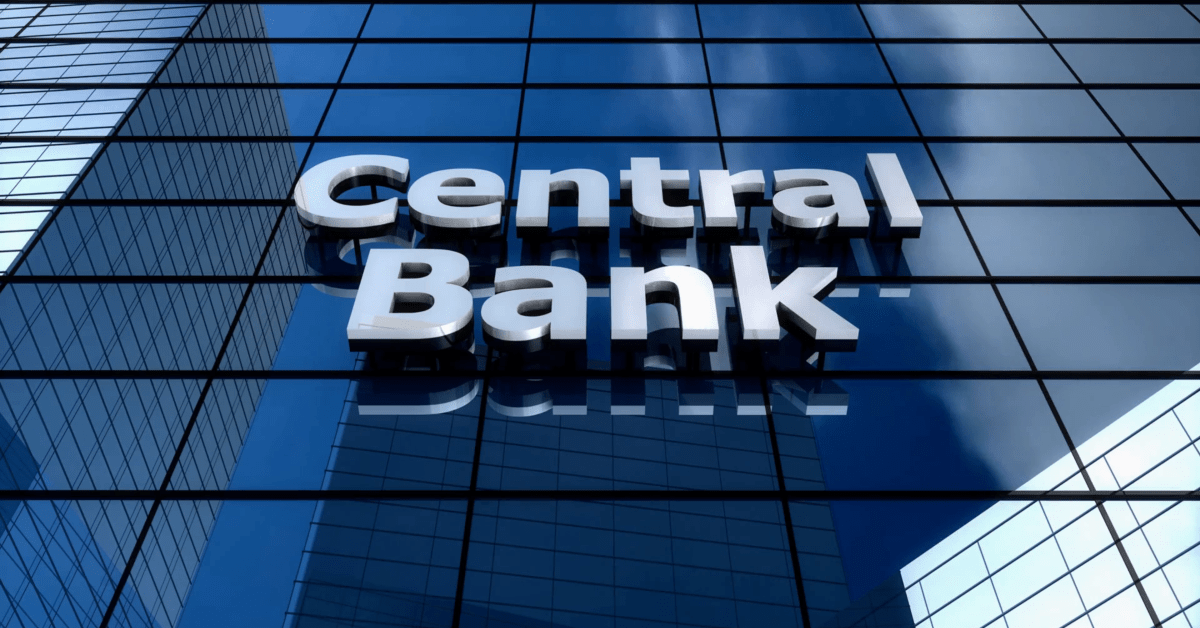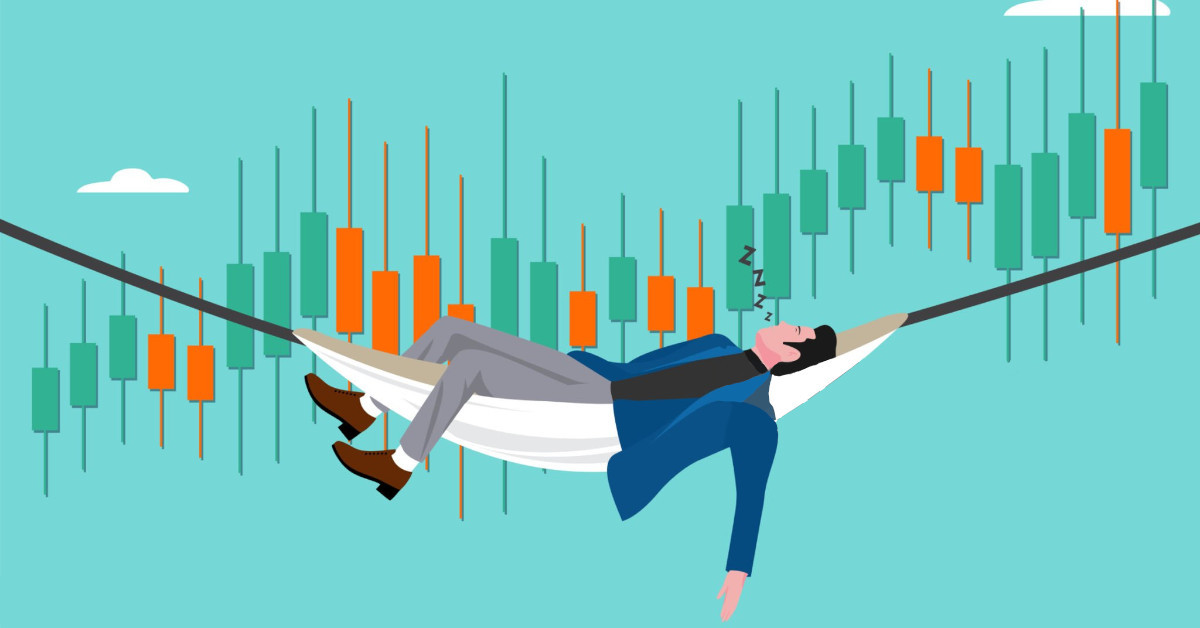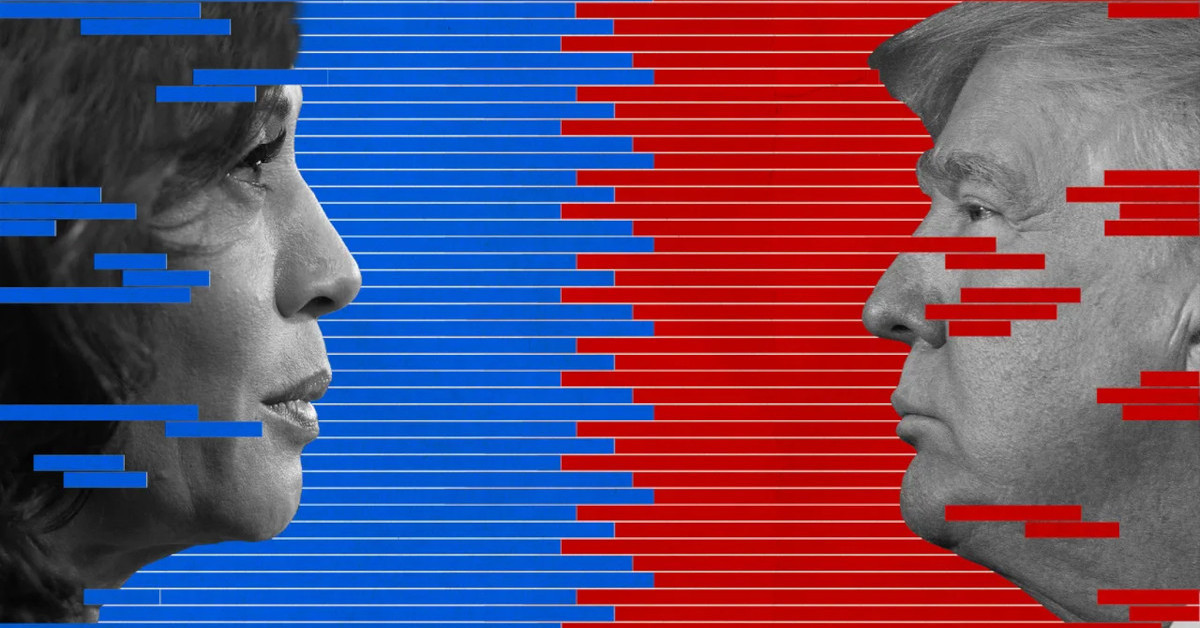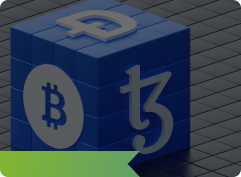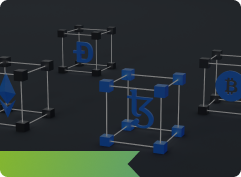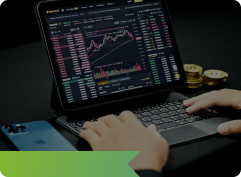What central banks can do?
The inflation risk and concerns bell were ringing last week as the US consumer price index (CPI) increased sharply by 0.9% in October increase the annual rate by over 6%, the highest level since 1990.
Increasing inflation was not surprising, it was expected before, and not just for goods and services, that directly related to and affected by COVID-19. With long-term continuing supply shortages and higher energy prices, now we can see the reasons for higher inflation already have become more widespread, which makes it harder to control.
At the latest published numbers, food and energy had more increasing prices with 1.0% at grocery stores, 0.8% at restaurants. And apart from household staples, core CPI, which excludes energy and food, also was up 0.6% during October and 4.6% YoY.
And after last week's US inflation data, this week and ahead of UK and Eurozone inflation reports, the leading indices in Europe have printed record levels, both German DAX and the CAC 40 posting all-time highs and today, Thursday, after yesterday's closing a bit lower by inflation risks, they boosted by strong corporate earnings. However, concerns are growing about the region’s inflationary outlook and the impact this could have on monetary policies.
Yesterday we had the Eurozone inflation that surged 4.1% YoY in October, which is more than twice higher than European Central Bank's target. This risk seemed more serious with UK inflation numbers also, at 4.2%, its highest level in almost a decade.
This week was the speaker's week. So far, FED speakers mentioned mostly the inflation risk and the possibility of rate raise in 2022 and increasing the level of tapering.
But in Europe, the ECB officials, especially president Lagarde have repeatedly said that these price pressures should ease next year, so, for now, we will continue the current policies. However, ECB is coming under increased pressure to abandon its ultra-easy monetary policy and react to the increasing price trend.
So far, what we can see in the real market is that BoE has more potential to become the first G7 central bank to raise interest rates, probably in its December meeting to limit the price pressure risk. For ECB and FED, for the rest of 2021, we are not expecting to see any changes in the policies, to wait and see the results, and then January meetings will be in focus.
On the other hand, in the last few days, we saw that Crude prices fell, following a Reuters report that the US, China, and Japan are trying to use the strategic reserves to bring prices down, which for now they success somehow, and if it continues to decrease, can decrease the inflation pressures as well.
